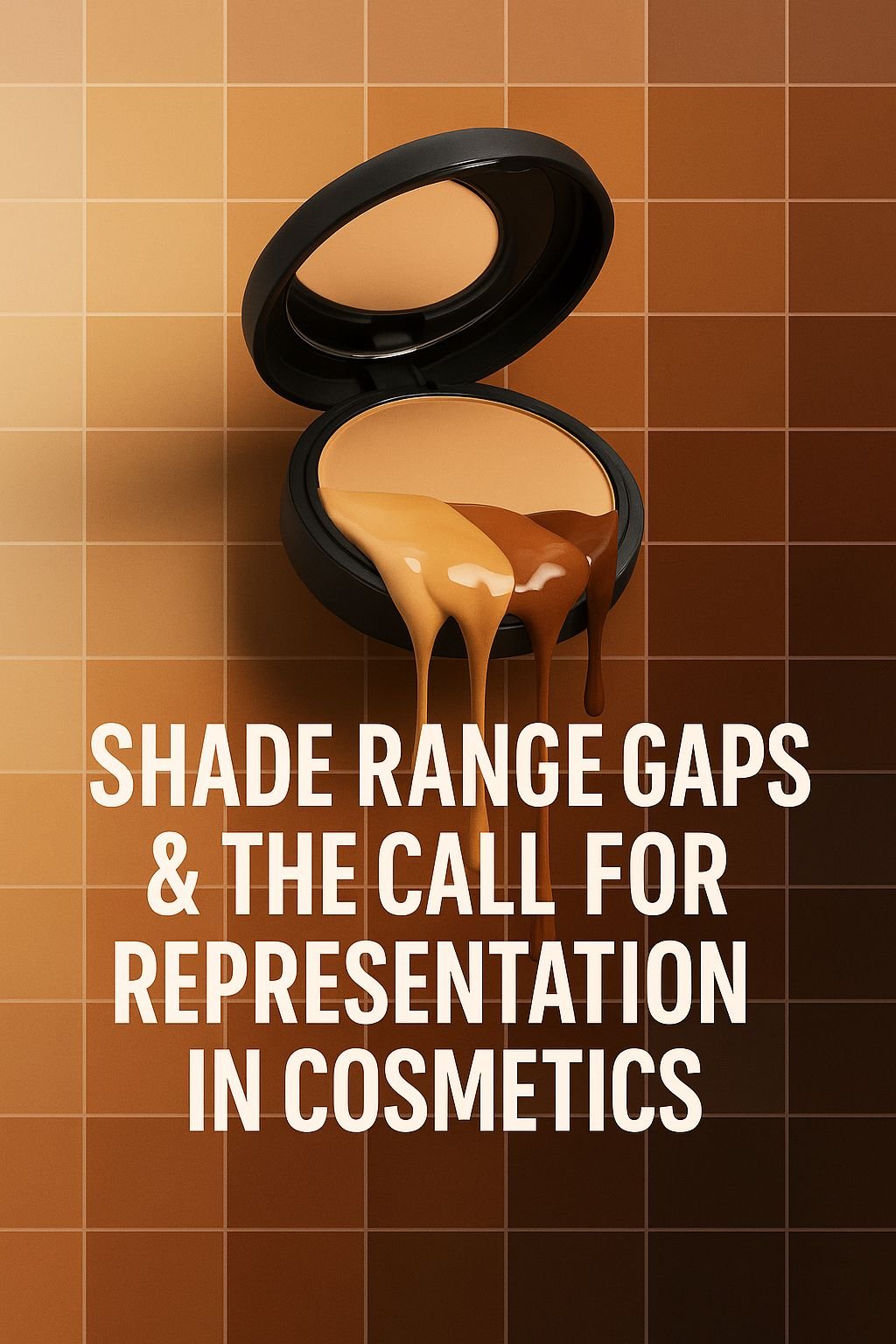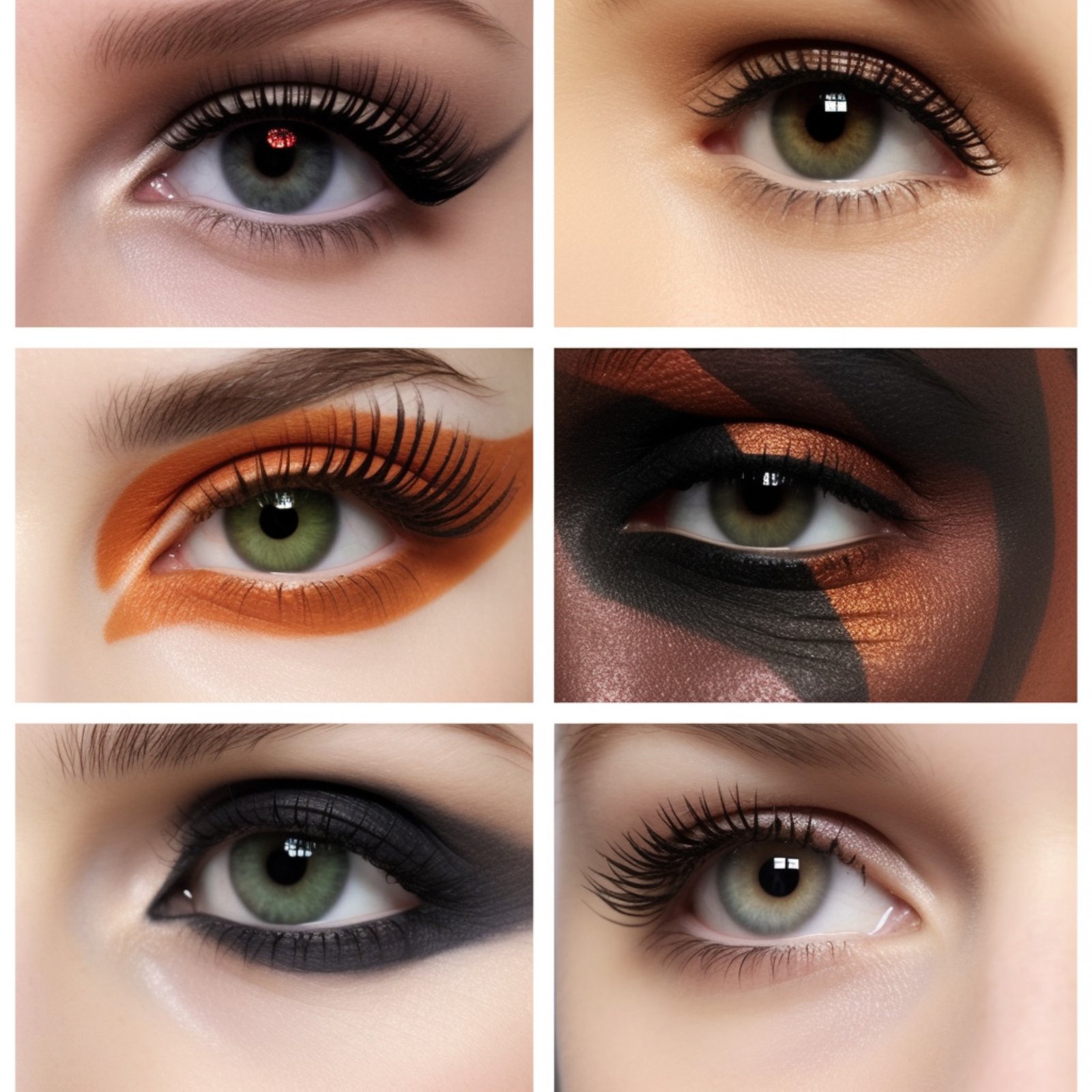Shade Range Gaps and the Call for Representation in Cosmetics
Shade Gaps Aren’t Just a Miss—They’re a Message.
11 Jun'25
By Yugadya Dubey


Shade Range Gaps and the Call for Representation in Cosmetics
Ever walked into a makeup aisle and thought, “Where’s me?” That? It’s not just disappointment—it’s exclusion. In 2025, representation in cosmetics isn't optional; it's essential. When brands ignore “missing shades in makeup,” they're silencing whole communities—and risking brand trust, loyalty, and profits.
Consumer Testimonials: Real Voices, Real Hurt
Beauty isn’t one-size-fits-all, and consumers aren’t staying quiet.
- A Reddit user shared about Em Cosmetics: “The skin of the model…looks off? …the darkest shade…obvious demarcation…I feel a little crazy.” Shades that look patchy or greying aren't just unflattering—they’re disrespectful.
- In London, ethnically diverse women spoke out: “It’s impossible to shop with cheaper brands…they don’t cater for those with different ethnic backgrounds.”
- In India, a makeup artist recalls a client: “Make‑up artist…sold a foundation…at least three shades lighter than the client’s skintone.” With just 4–14 shades nationwide, many Indian consumers are excluded.
These aren't edge cases; they’re foundational failures masking systemic bias.
Communities Left Behind: Diversity at the Margins
Exclusion isn’t just about shade depth—it’s about undertones, textures, and tone diversity:
- Black, brown, deep‑olive, cool-neutral, even pale: everyone deserves nuanced matches.
- Reddit pale-skinned users complain of orange, chalky, or pinkish mismatches.
- Budget makeup often assumes a default light tone, forcing BIPOC shoppers into premium lines.
It’s not just access—it’s equity. When beauty brands ignore undertones and tone depth, they’re still saying some consumers don’t belong.
Brand Case Studies: Hits and Horrors
Some brands are excelling—others are crashing hard.
Success stories:
- TIRTIR (K‑Beauty) went from 3 to 40 shades in months after TikTok influencer Darcei Giles called them out—now they include albinism-safe shades.
- Bobbi Brown, with ambassador Yara Shahidi’s help, added 12 shades after studies showed gaps in dark-deep ranges.
Epic fails:
- Youthforia launched a “jet-black” foundation so mismatched it went viral thanks to Golloria George’s side-by-side demo.
- YSL All Hours released 22 shades—19 were light, only 3 were deep—and got slammed online.
- MAC India campaigns featured zero dark skin representation, leading to accusations of tokenism.
These cases show intention without insight—brands ignoring nuance. Digital audiences notice. They remember—and they judge.
Ways to Make It Right—Visually and Virtually
Representation needs action. Here’s how brands can repair and uplift:
- Expand Depth + Undertone: Go beyond dark light, medium–dark. Include olive, cool, neutral, red, and golden.
- Test on Real Faces: Recruit diverse models (including NB, deep skin, albinism, etc.). Make shade visuals reflect that.
- Use Animated Slideshows: Show dynamic shade swatches blending into real skin, online and in ads.
- AR & Mobile Previews: Let users trial shades on their face via tools like Sephora Virtual Artist or MatchCo.
- Publish Shade Fairness Reports: Show transparency—depth, undertone completeness, coverage gaps. Consumers trust honesty.
- Iterate with UGC Feedback: Watch conversations on Reddit, TikTok, Instagram and patch shade gaps before backlash hits.
Do it visually and authentically—and do it before consumers call it out.
Glow Up Your Inclusivity Game
Let’s face it—representation isn’t a checkbox, it’s a full-blown creative project. That’s where Admigos steps in as your go-to creative-tech partner.
We start with shade line consulting, breaking down where your range misses the mark—whether it’s lacking depth, undertones, or both. Then, we bring the magic: high-res 3D animations that show how your foundations actually look on real skin, in real light.
Want to launch loud? We’ve got you with TikTok-ready swatch reels, AR sliders, interactive tutorials, and mobile-first previews that actually stop the scroll.
Oh, and we keep it transparent—literally—with branded “shade equity scorecards” that show your intent, progress, and commitment to change. Bottom line? Admigos helps you ditch performative vibes and deliver real, visual equity that your customers can feel before they hit ‘add to cart.’
Final Word
This isn’t just about leaving all skin tones behind—it’s about making them front and centre.
If your shade line still excludes, oversimplifies, or misrepresents, your brand risk is real:
- Consumers talking loudly on social media
- Returns spiking
- Inclusion claims losing credibility
But get representation right.
Visualise across the spectrum. Politely invite every skin tone to the experience.
Show people themselves.
— By Yugadya Dubey
Visualizing Monolid Magic: Less Crease, More Creativity
A dive into monolid eye makeup tips, trendy liner styles, and eyeshadow ideas. Explore product picks and visual tools like Admigos for your perfect monolid eyeshadow look.

Why Eye Tutorials Should Be Shape-First, Not Trend-First
Discover why eye shape makeup guides and modular tutorials beat generic beauty trends.
